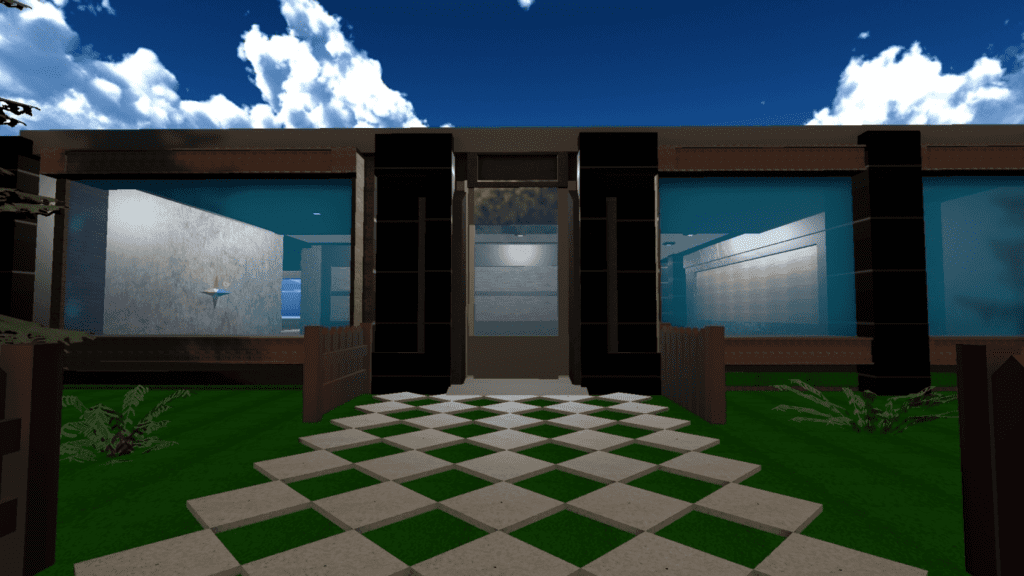Creating and Applying Materials in Unity3D
Materials are an essential part of creating 3D models in Unity3D. They define the appearance of objects, including their colors, textures, and shading. In this tutorial, we’ll cover the basics of creating and applying materials to objects in Unity3D, including how to import textures and use lit and unlit shaders.
Importing Textures into Unity3D
Before you can create and apply materials in Unity3D, you’ll need to import an image that you want to use as a texture. There are several ways to do this, including dragging and dropping an image file into your Unity project or using the Assets menu to import an image.
Here’s how to import an image using the Assets menu:
- Go to the Unity Editor’s main menu and select Assets > Import Package > Custom Package.
- In the file dialog that appears, navigate to the location of the image file you want to import and select it.
- Click the “Import” button to import the image into your Unity project.
You should now see the imported image in the Assets folder of your Unity project.
Creating Materials in Unity3D
With an image imported into your Unity project, you’re ready to create a material. To create a material, follow these steps:
- Right-click in the Assets folder and select Create > Material.
- Give your material a name, such as “MyMaterial”.
- Double-click the material to open it in the Inspector.
- In the Inspector, click the “Albedo” color picker and select the image you imported as the texture.
- Change the Shader to either Standard (URP/Lit) or Unlit (URP/Unlit) depending on the desired material type.
At this point, you should see a preview of the material in the Inspector, and you can use the settings in the Inspector to adjust the material as needed.
Lit and Unlit Shaders
In Unity3D, materials are defined using shaders. There are two main types of shaders in Unity3D: lit shaders and unlit shaders. Lit shaders provide advanced lighting and shading effects, while unlit shaders are simpler and more suitable for objects that don’t require complex lighting effects.
Lit Shaders
Lit shaders, also known as PBR (physically-based rendering) shaders, are the most advanced type of shaders in Unity3D. They provide realistic lighting and shading effects, including reflections, ambient occlusion, and more. The Standard (URP/Lit) shader is the most common type of lit shader in Unity3D and is suitable for most objects that need to be lit in a realistic way.
Unlit Shaders
Unlit shaders, on the other hand, provide a simple, flat shading effect without any advanced lighting or shading effects. They are typically used for objects that don’t require complex lighting, such as UI elements or simple props. The Unlit (URP/Unlit) shader is the most common type of unlit shader in Unity3D and is suitable for most objects that don’t require complex lighting.
Applying Materials to Objects
With a material created, you’re ready to apply it to an object in your scene. To apply a material to an object, follow these steps:
- Select the object you want to apply the material to in the Scene view or Hierarchy.
- In the Inspector, click the “Materials” section.
- In the Materials section, click the “Add New” button and select the material you created.
- The material should now be applied to the object, and you should see the texture and shading in the Scene view.
Bring your worlds to life with textures and be sure to bake your textures
We covered the basics of creating and applying materials in Unity3D, including how to import textures and use lit and unlit shaders. Whether you’re a new or experienced Unity user, understanding how to work with materials is a critical part of creating 3D models and scenes in Unity3D. By following the steps outlined in this tutorial, you’ll be able to quickly and easily create and apply materials to your objects, giving them the appearance you want and bringing your scenes to life.

